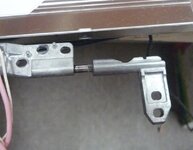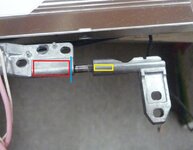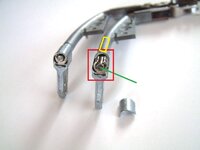macman0512
Well-known member
Hi guys,
I've had enough. After ages looking around for good "for parts" machines to replace my PDQ and Lombard hinges, I have given up. There just aren't any left where I live for a reasonable price. Naturally, the only reasonable thing to do is to manufacture my own replacements. I'll create my own CAD files and update this thread as I go along (because I'm quite busy with other things). I do have two questions though: 1. What material was used for the original clutches? I obviously want to use something with a higher tensile strength. 2. So far it seems like PCBWay might be able to manufacture what I need, but if anyone knows of better/cheaper options, I'd gladly hear about them.
Thanks and wish me luck!
I've had enough. After ages looking around for good "for parts" machines to replace my PDQ and Lombard hinges, I have given up. There just aren't any left where I live for a reasonable price. Naturally, the only reasonable thing to do is to manufacture my own replacements. I'll create my own CAD files and update this thread as I go along (because I'm quite busy with other things). I do have two questions though: 1. What material was used for the original clutches? I obviously want to use something with a higher tensile strength. 2. So far it seems like PCBWay might be able to manufacture what I need, but if anyone knows of better/cheaper options, I'd gladly hear about them.
Thanks and wish me luck!



